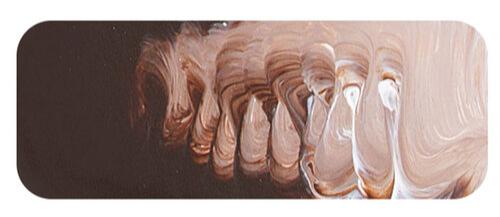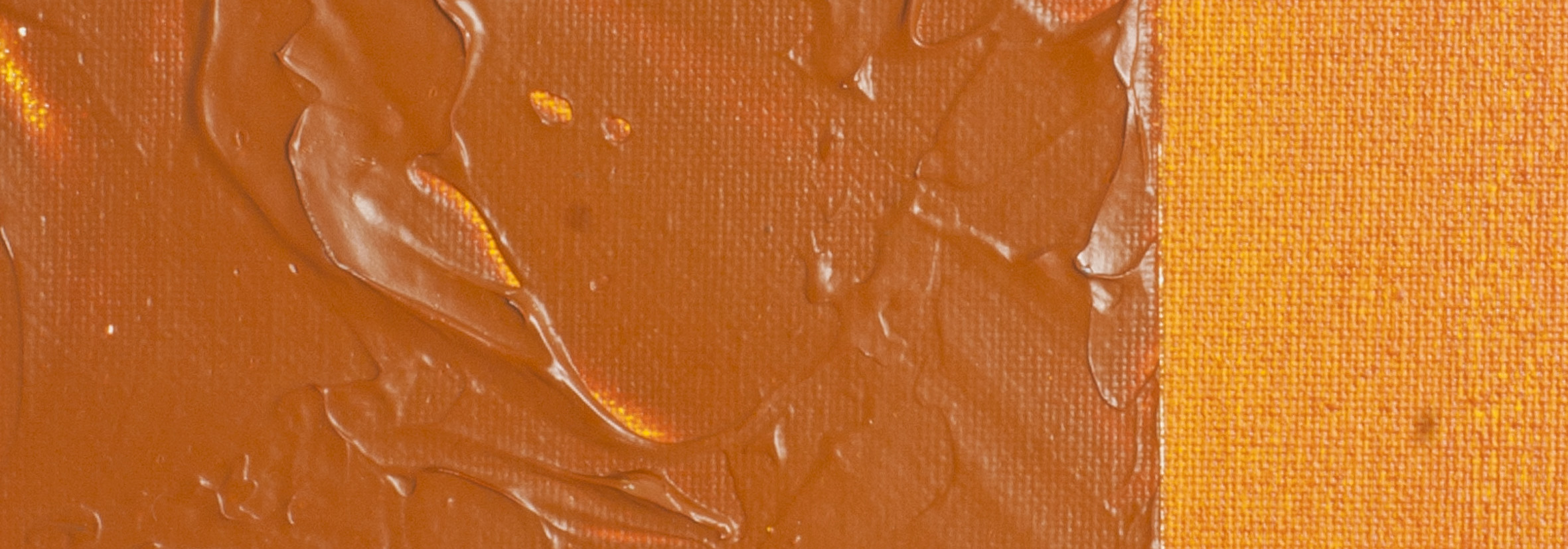Burnt Umber | Matisse acrylic paint
化学物質の概要: 焼成された天然の酸化鉄
Pigment Number: PBr7
Lightfastness Rating: ASTM I
Pigment Opacity: Transparent
Paint Opacity: Semi-Transparent
シリーズ1

Burnt Umber | Matisse acrylic paint
Historical Roots and Standardisation
Burnt Umber, originating in Italy during the Renaissance, evolved into the familiar shade we recognize today by the time of Leonardo da Vinci. Interestingly, Cennini's 1437 book on studio practices focused on red and yellow earths and omitted Burnt Umber and Burnt Sienna. However, fifty years later, both became standard on every artist's palette, deemed too important to overlook.
Raw Umber and the Italian Connection
Raw Umber, a widespread pigment globally, could have been developed anywhere, but Italy took the lead, likely influenced by the development of Burnt Sienna. Raw Sienna, less common than Raw Umber, saw major deposits near Sienna, Italy. Innovations in pigment manufacturing emerged in this region, leading to the discovery that heating Raw Sienna produced the beautiful Burnt Sienna pigment. Following this logic, experimentation revealed that roasting Raw Umber in a kiln resulted in a more versatile dark brown, warmer than the natural Raw Umber. Artists recognized the value of Burnt Umber's chocolate brown warmth for creating shadows in portraits and figures, aligning with the natural warmth of the human body. Today, despite an array of colour choices, Burnt Umber remains a fundamental colour for many artists.
Diverse Shades and Modern Varieties
Historically, Burnt Umber was produced in a limited range, deemed suitable for various applications. However, with the advent of automobiles and increased demand for diversity, artists' paint manufacturers now offer a range of Burnt Umbers, from warm to cool varieties. Matisse's Burnt Umber stands out as a particularly rich, dark, warm chocolate hue.
Versatility in Mixtures
Burnt Umber plays a crucial role in colour mixtures, darkening other hues and contributing to the creation of earthy greens when blended with Phthalo Green or Chromium Green Oxide. Combining it with reds produces deep Burgundy shades, especially effective with transparent cool reds like Primary Red or Matisse Rose Madder. These mixtures bring warmth to Burnt Umber, ideal for crafting shadows in skin tones without excessive browns. Adding Ultramarine Blue to these dark Burgundies creates rich, earthy shadow tones in landscapes and deep folds of red and purple drapes.
Essential in Portrait Details
Burnt Umber finds a permanent place on the palette when painting human hair, contributing to the shadows within blonde hair and requiring the addition of Ultramarine Blue for darker shades in dark hair. Intriguingly, Burnt Umber mixed with Phthalo Green yields interesting blacks.
A Black Alternative
The combination of Burnt Umber and Phthalo Green eliminates the need for a tube of black paint. Matisse's Burnt Umber in the Structure range, with its dark and rich qualities, proves particularly valuable when creating nuanced blacks in artistic compositions.
Safety Data Sheet for Matisse Burnt Umber (SDS)
To view or download a copy of Burnt Umber SDS, please CLICK HERE * (271kb)
*The above link will open an external Dropbox window
Burnt Umber is available in Matisse Structure, Matisse Flow, Matisse Fluid

To install this Web App in your iPhone/iPad press ![]() and then Add to Home Screen.
and then Add to Home Screen.

